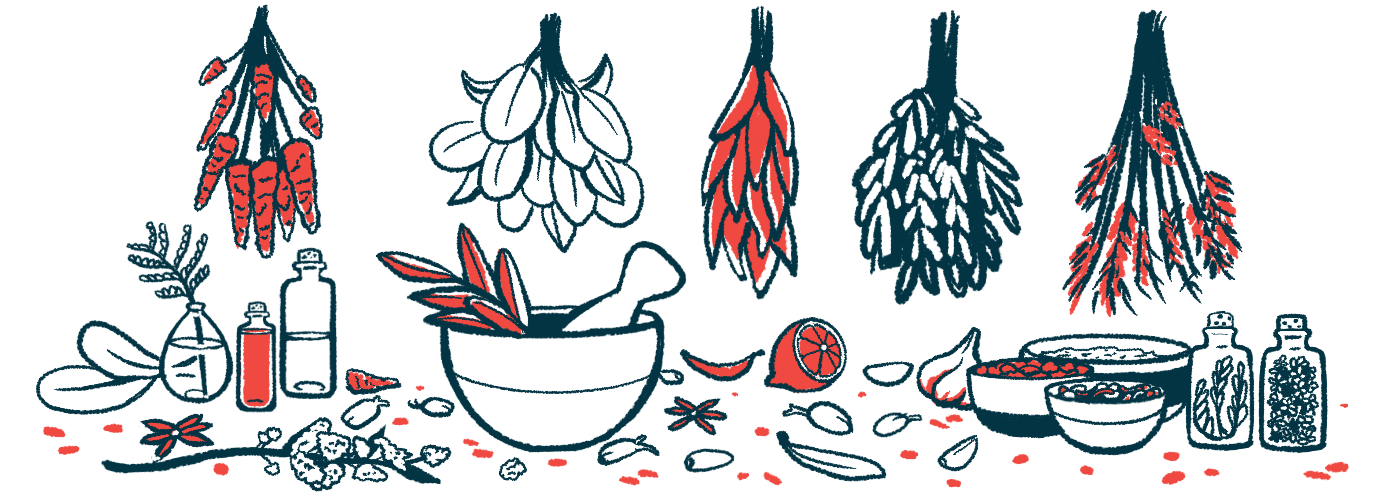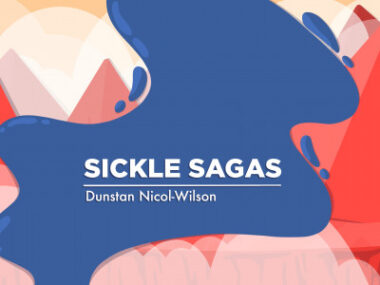Proof-of-concept study to test curcumin gel VAS-101 in SCD
Treatment using turmeric extract aims to ease inflammation in patients
Written by |

Vascarta is launching a proof-of-concept Phase 1 clinical study to test its topical curcumin gel VAS-101 — which uses a component of turmeric — in people with sickle cell disease (SCD).
The experimental therapy, also known as Vascepto, is designed to be applied onto the skin. It contains curcumin, a bright yellow, natural compound of the spice turmeric, which is used in traditional Asian medicine.
Led by Gershwin Blyden, MD, PhD, medical director of the Foundation for Sickle Cell Disease Research (FSCDR) in Hollywood, Florida, the first-in-human study plans to include 10 patients who will apply VAS-101 two times a week for four weeks. Five patients will apply the gel on their forearm, while the other five will get it under the tongue, the developer noted in a company press release.
“We are excited at the prospect of bringing relief to SCD sufferers who have limited therapeutic options,” said Richard Prince, Vascarta’s chairman, CEO, and president. According to Prince, “VAS-101 has the potential to become the new standard of care in the management of SCD.”
VAS-101 curcumin gel to be tested in 10 SCD patients
In SCD, abnormally shaped red blood cells block blood vessels and compromise oxygen delivery to body tissues. This can lead to sudden episodes of severe pain, known as vaso-occlusive crises. Such episodes sometimes require treatment with strong analgesics like opioids.
Researchers have been seeking strategies to both prevent and manage these crises.
Lanetta Bronté-Hall, MD, president of the FSCDR, noted that the foundation is “committed to advancing care and bringing hope to the SCD community.”
“I’m proud that we are taking part in Vascarta’s pilot study, which explores a new transdermal approach to pain management for individuals living with [SCD],” Bronté-Hall said. “Pain remains one of the most challenging and life-disrupting aspects of this disease, and new approaches are urgently needed. While early in development, this research represents an important step toward finding new options that could one day help ease that burden.”
VAS-101 is a topical gel that uses a patented technology to help get more curcumin into the body. Previous studies have shown that VAS-101 may help reduce chronic pain, make red blood cells more stable, and lower inflammation in people with SCD.
Pain remains one of the most challenging and life-disrupting aspects of this disease, and new approaches are urgently needed. While early in development, this research represents an important step toward finding new options that could one day help ease that burden.
Curcumin is known for being safe and having anti-sickling, anti-inflammatory, and antioxidant benefits. However, it hasn’t worked as well in the past when taken by mouth because the body doesn’t absorb it very well that way.
The main goals of the Phase 1 study are to assess the safety of VAS-101, and its effects on blood flow problems. The diagnostic lab Functional Fluidics will run tests at its lab in Detroit to check how VAS-101 is affecting red blood cell health among the participants.
Other study goals are to assess how VAS-101 affects inflammatory markers over the course of 28 days, and whether it changes the way red blood cells sickle and carry oxygen. This part will be done by a team at the National Institute of Diabetes and Digestive and Kidney Diseases in Bethesda, Maryland. Another goal is to evaluate whether or not VAS-101 helps with pain and allows SCD patients to use fewer opioids.






